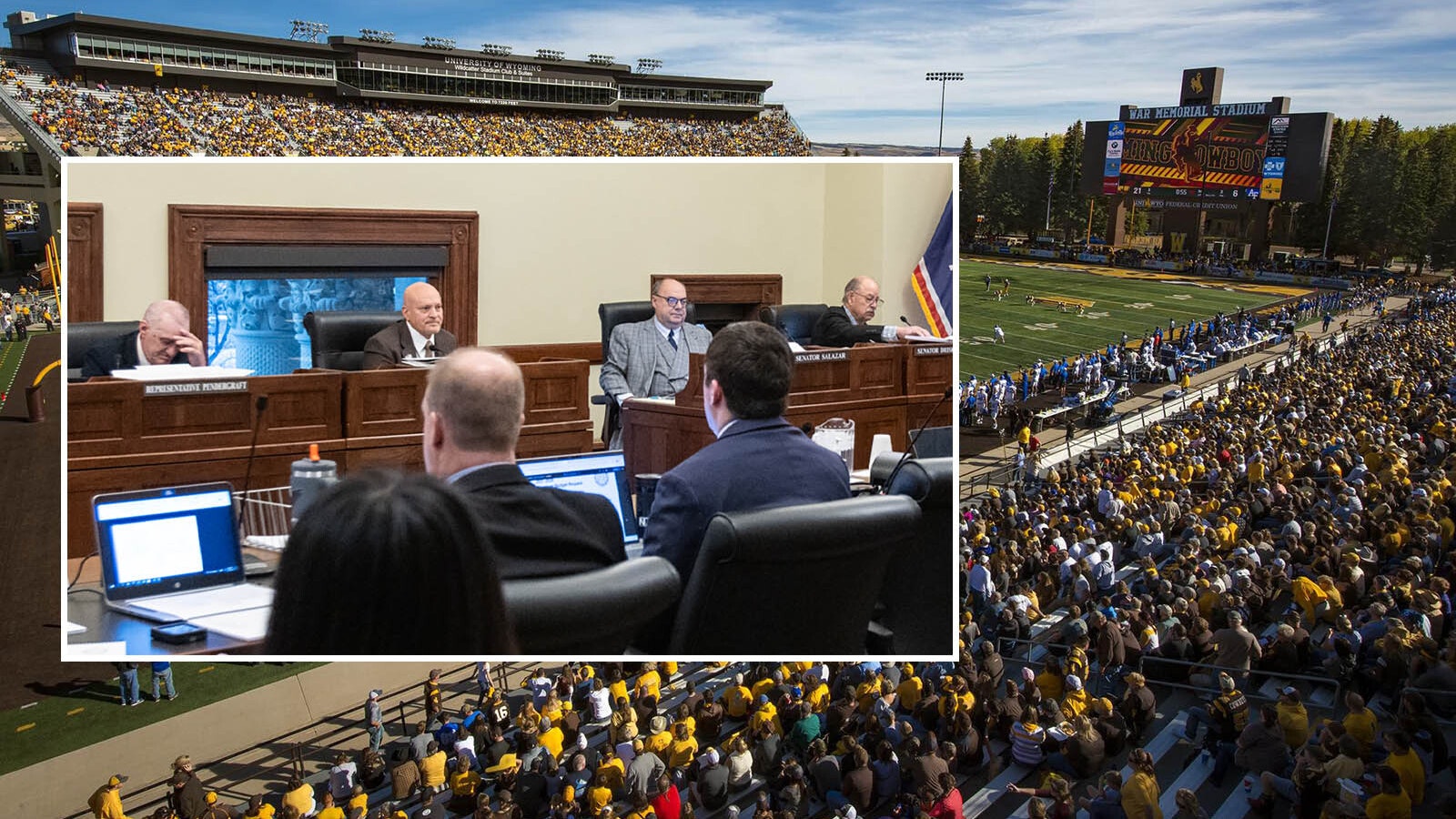A President Bill Clinton-era federal roadless rule is largely to blame for Wyoming’s devastating wildfires, and more could be in store if things don’t change, Republican Congresswoman Harriet Hageman told legislators Thursday.
Moreover, foresters in Japan seem to have gotten things right, logging many older trees, she said.
That’s because that country has built extensive roads throughout its heavily forested interior, Hageman told the Wyoming Legislature’s Select Federal Natural Resource Committee.
Speaking to the committee via Zoom from Deadwood, South Dakota, Hageman said she recently visited Japan with a contingent of other Americans.
Japanese foresters were baffled when they heard about the relative lack of roads on national forests in Wyoming and other Western states, she said.
“We talked about not having roads and they looked at us like we had 17 heads,” Hageman said.
Hageman's family homestead near McGinnis Pass was burned in one of last summer's wildfires.
Clinton’s Legacy
Hageman said that what’s become known as the Clinton Roadless Rule was one of the last things done by the former president just before he left office.
It was passed Jan. 12, 2001, and has deeply affected the Forest Service’s management of national forests in the West since, Hageman said.
Hageman claims the main thrust of the Roadless Rule was to “deny access, use and management” of 58.5 million acres of national forest, including 3.2 million acres in Wyoming, by essentially forbidding the construction of roads in those areas.
Hageman said that as a special assistant attorney general at the time, she successfully sued to implement a nationwide injunction against the Roadless Rule shortly after its implementation.
However, the administration of then-president George W. Bush failed to follow through, and then-Gov. Dave Freudenthal vacated the injunction in Wyoming, according to Hageman’s account of events.
Fires And Beetle Kill
Pine beetle infestations have killed countless trees across Wyoming and the West and acres of standing dead trees line the roadside along some highways.
Wildfires, partly fueled by that dead timber, have also been a continual problem, and Wyoming had a particularly horrible season last year with nearly 850,000 acres burned.
That included the devastating Elk Fire, which consumed roughly 100,000 acres on the eastern face of the Bighorn Mountains in the fall of 2024.
It’s widely accepted that climate change is the primary driver of beetle kill and wildfires.
Hageman told the committee she doesn’t accept that. Instead, she thinks a lack of forest management, particularly a failure to log older trees, is to blame.
Also, a lack of roads in huge sections of national forests has inhibited logging, Hageman said.
By contrast, in Japan the logging of older trees seems to have been effective because of extensive roads in forests there, she said.
Older trees are less resistant to disease and rob younger trees of water and nutrients, as Japanese foresters see it, Hageman said.
“They’re sucking from their younger brethren around them and start becoming more parasitic than actually being beneficial,” she said.
By harvesting those trees, Japan cut its number of yearly wildfires from about 8,000 in 1973 to roughly 2,100 in 2023, Hageman said.
As far as what can be done to reform the Roadless Rule here, that will probably take action from Congress, Hageman said.
She said that she and others on the U.S. House Natural Resources Committee are considering possible reforms.
Mark Heinz can be reached at mark@cowboystatedaily.com.





